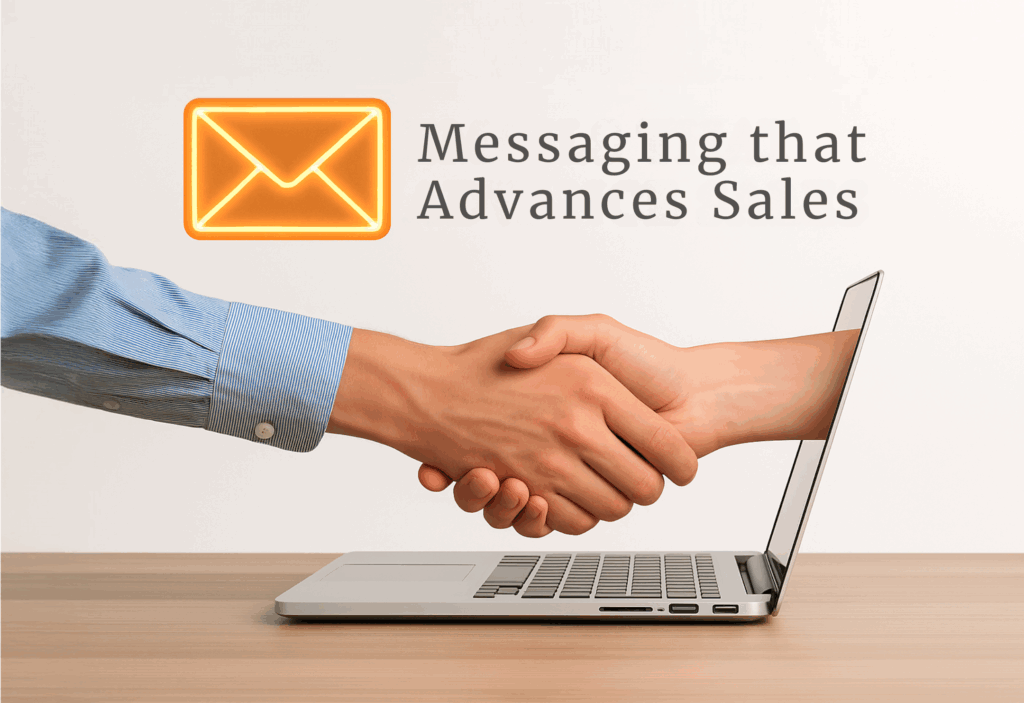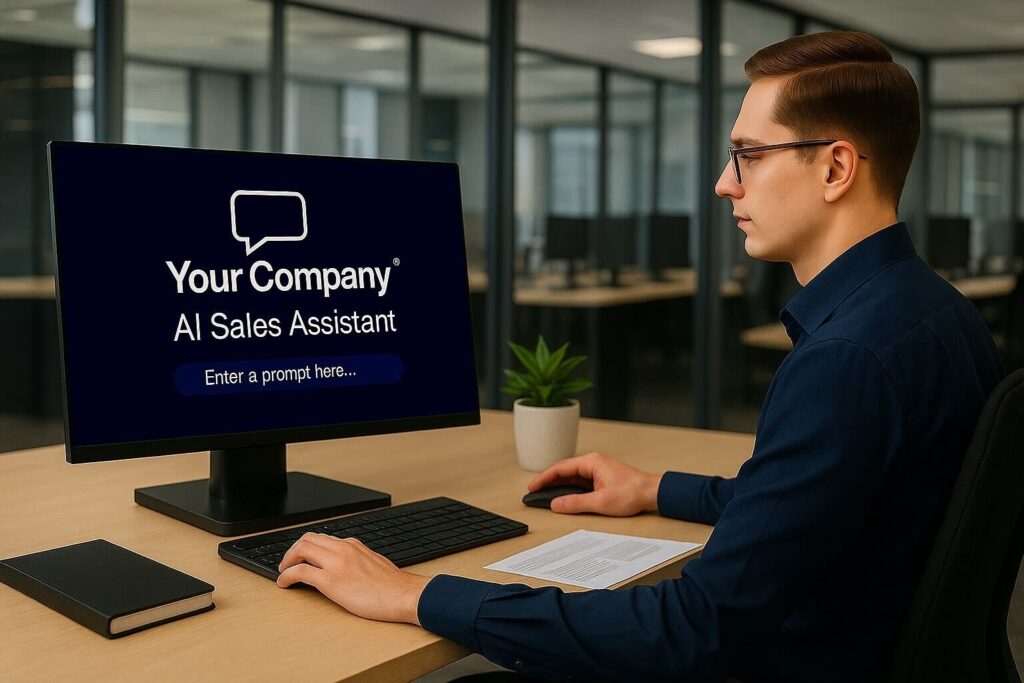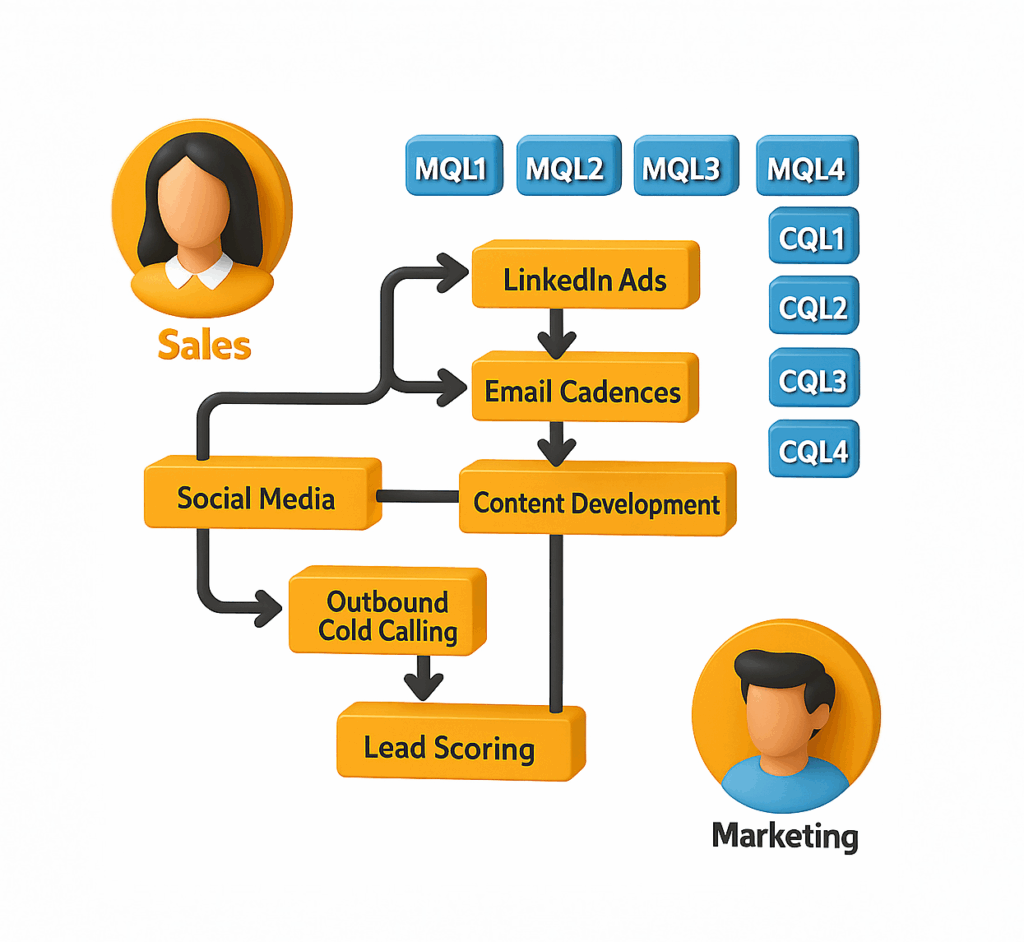Explore real examples of how the GTM AI Sales Assistant can transform your sales motion using your company’s founder-led and SME-driven messaging. These sample prompts show how revenue teams use the GTM AI Sales Assistant to write outbound messages, qualify leads, handle objections, and accelerate deals with expert-level precision.







